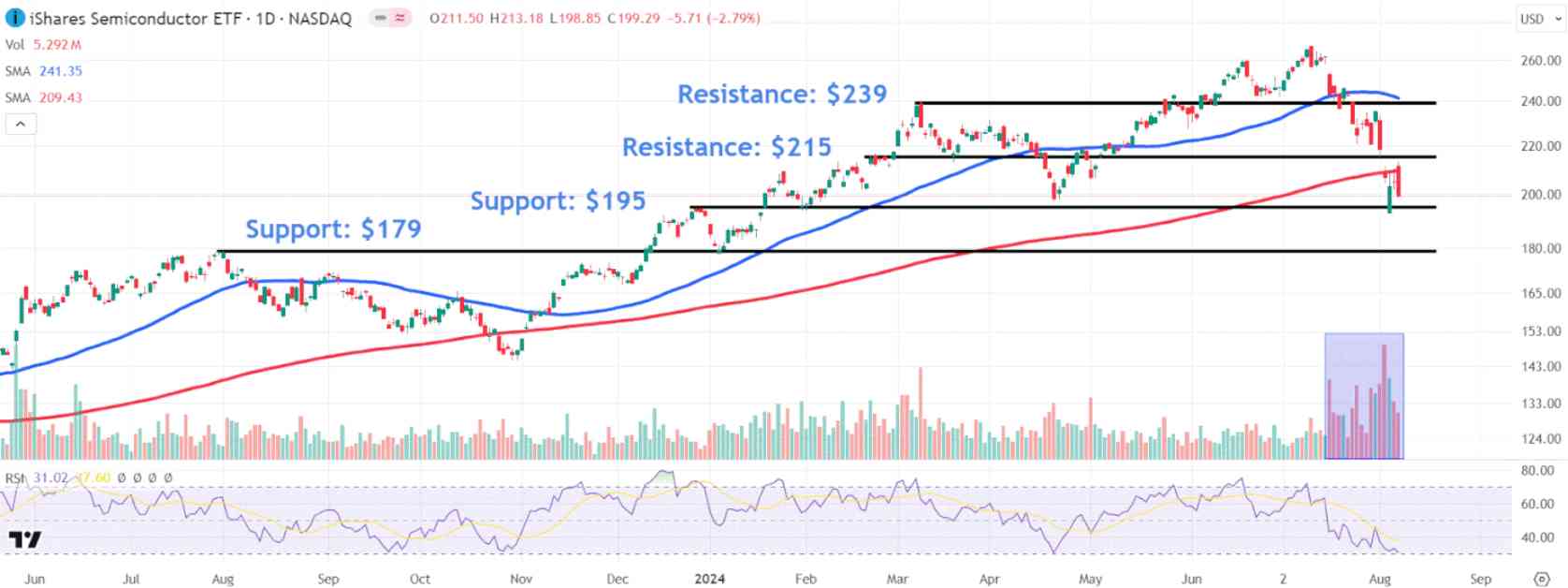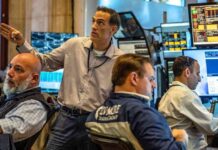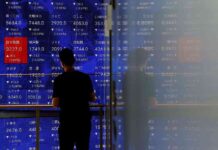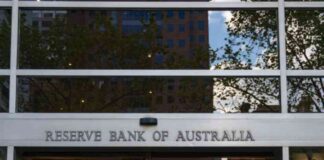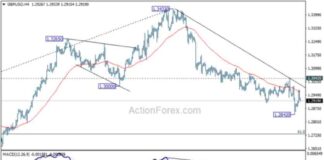The iShares Semiconductor ETF, known as SOXX, had a rough day on Wednesday as it dropped nearly 3% amidst the volatile chip sector. This decline follows a global stock market selloff earlier in the week, adding to the uncertainty surrounding the industry. The ETF has now fallen below its 200-day moving average, a key indicator for many investors.
One of the factors contributing to the recent decline in the chip sector is the news of Nvidia’s delayed Blackwell chips. This announcement has added to the overall negative sentiment surrounding semiconductor stocks. Additionally, disappointing earnings from Intel, a major player in the industry, have also weighed on the SOXX ETF.
The fund closed on Wednesday at $199.29, marking its lowest level since mid-April. This downward trend has raised concerns among investors, especially as the ETF has undergone a significant correction of around 25% in recent weeks. The volume of trading has been higher than usual, suggesting that institutional investors are actively participating in the market movements.
Looking ahead, investors should keep an eye on key support and resistance levels for the SOXX ETF. If the fund continues to decline, it may find support around the $195 mark, where buyers could step in. A breakdown below this level could lead to a retest of $179, another important support area based on previous price movements.
On the other hand, if the ETF manages to reclaim the 200-day moving average, it may encounter resistance around $215. Breaking above this level could signal a potential move towards $239, where sellers may look to take profits. These resistance levels are important to watch as they could influence the future direction of the SOXX ETF.
In conclusion, the semiconductor sector is facing challenges amid increased volatility and negative news. Investors should closely monitor the developments in the industry and pay attention to key levels on the SOXX ETF chart. As always, it’s important to conduct thorough research and consider all factors before making any investment decisions.
